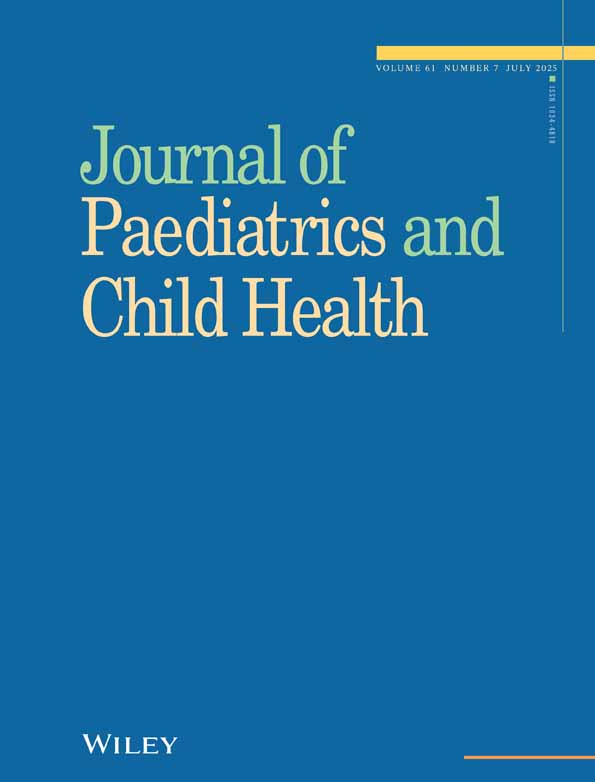The use of alternative therapies by children with asthma: A brief report
Abstract
Objective:
To identify the nature and prevalence of alternative therapies used by children with asthma attending a children’s hospital.
Methodology:
Subjects consisted of a consecutive series of 51 children with asthma aged 1–6 years who were attending the Women’s and Children’s Hospital, South Australia. Parents of the children completed a questionnaire describing the use of alternative therapies by the children.
Results:
Approximately 55% of children used alternative therapies for asthma management. Therapies used most commonly were massage, relaxation exercises, diet therapy and vitamins. There was no significant difference in the age, asthma severity, length of time since diagnosis or presence of another illness amongst children who did or did not use alternative therapies.
Conclusions:
A substantial proportion of children with asthma who attend paediatric clinics use alternative therapies. Paediatricians should be aware of this and be prepared to discuss alternative therapies with parents. This may facilitate more open doctor–patient relationships and better management of children’s asthma.




